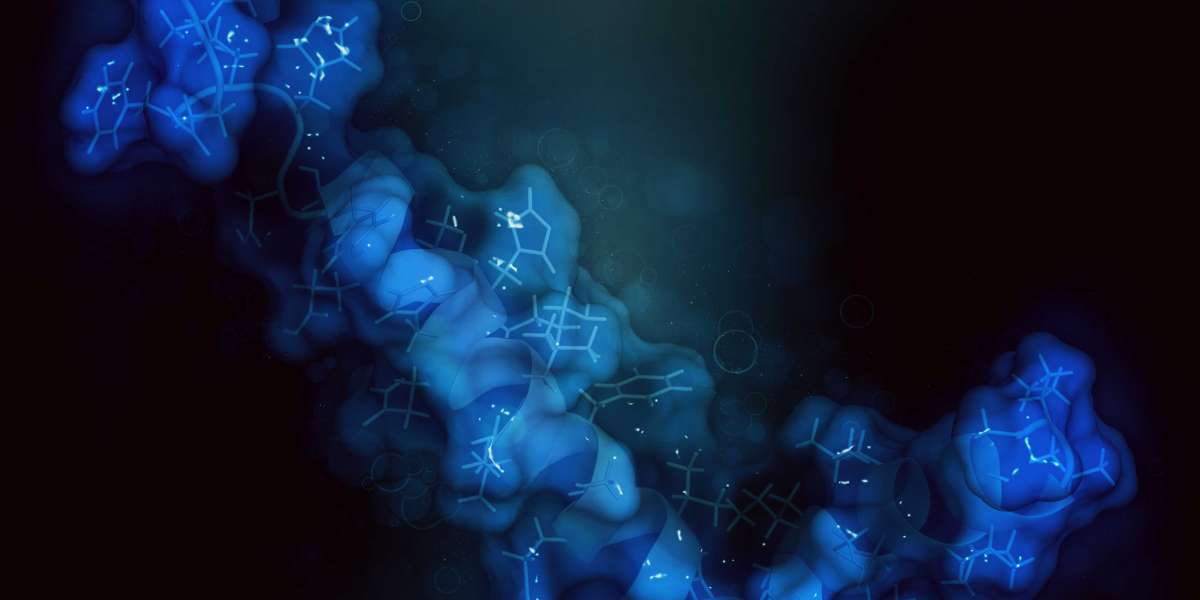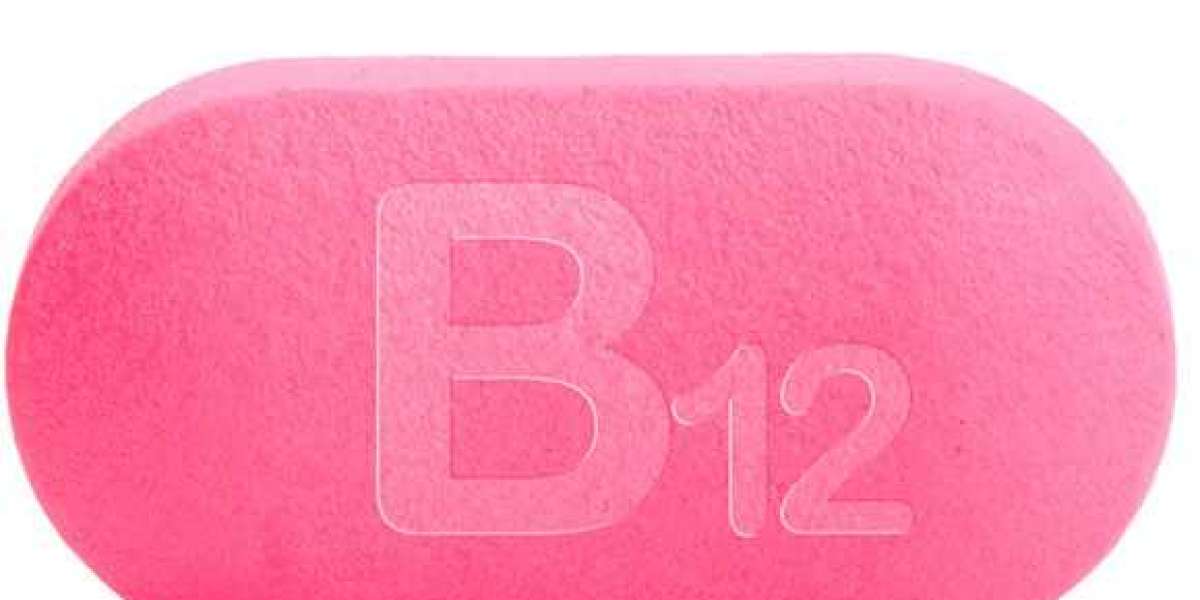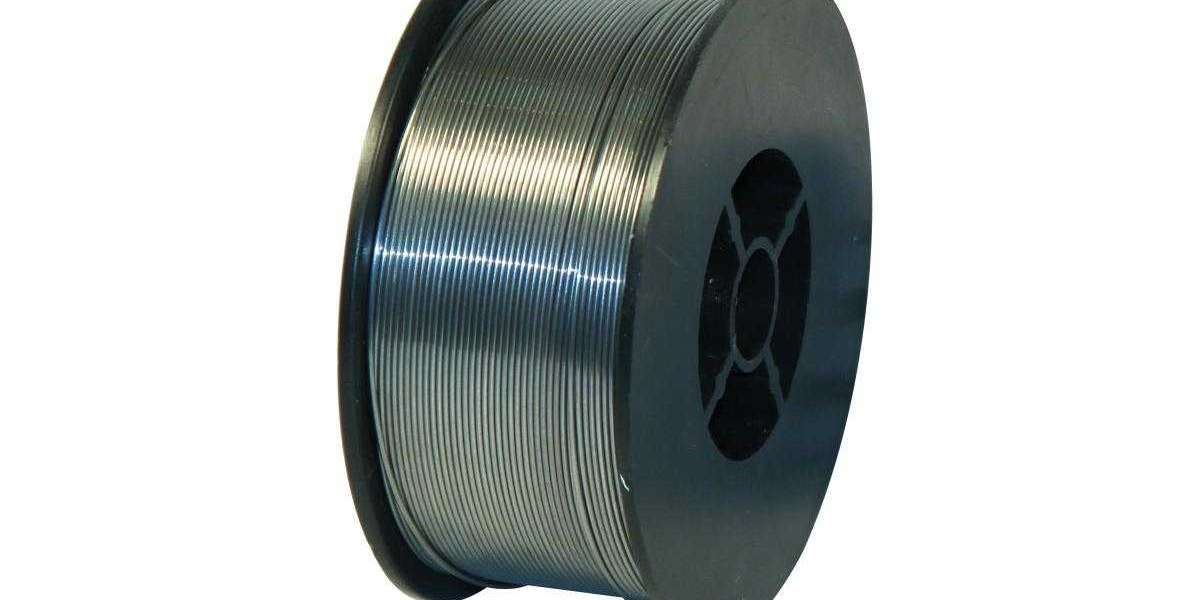Antigenic determinants are sites on the surface of antigen molecules that can interact with antibodies. An antigenic substance can have two or more determinants. Studies have shown that antibodies recognize antigens from the three-dimensional structure of antigenic determinants rather than from the overall molecular arrangement of the antigen. Therefore, an antibody can react with different antigens that are not exactly the same molecular structure but have similar antigenic determinants, which is called cross-reaction.
Tissue cross-reactivity (TCR) is a series of in vitro immunohistochemistry (IHC) screening assays used to characterize the binding of monoclonal antibodies and related antibody-like products to antigenic determinants in tissues. TCR is a very important preclinical safety study. This technology can be used to ensure that experimental antibodies or biological agents do not bind to epitopes other than the target site, and can also be used to determine target species and target organs for toxicological research.
Creative Bioarray has various organizations from various animal species. Our team has many years of comprehensive experience in TCR research, and has successfully optimized IHC analysis for a variety of new antibody types. Relying on an advanced histology technology platform and a professional technical team, we can provide you with all the services you need for TCR research.
Protocol optimization
We provide the latest IHC detection and analysis methods and evaluate the results. We will promptly notify you of the progress and results of the experiment. You can quickly obtain key parameters to help you with the next steps.
- Target staining specificity verification
- Staining sensitivity verification
- Concentration-staining reaction curve verification
- Optimal dye concentration verification
- In-batch repeatability verification








